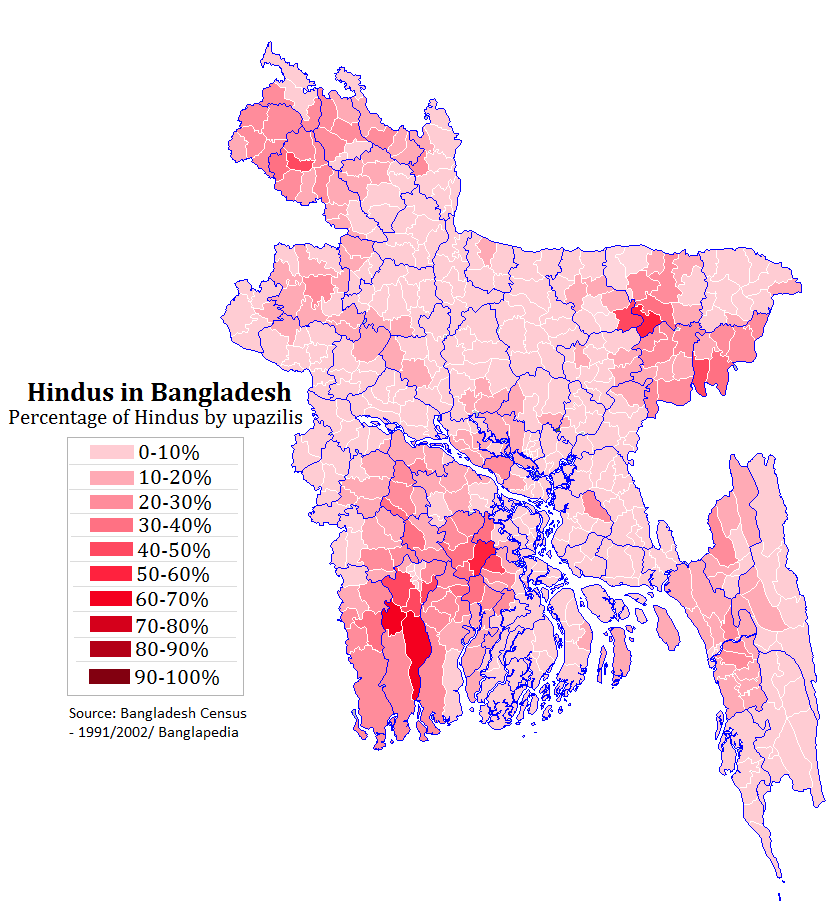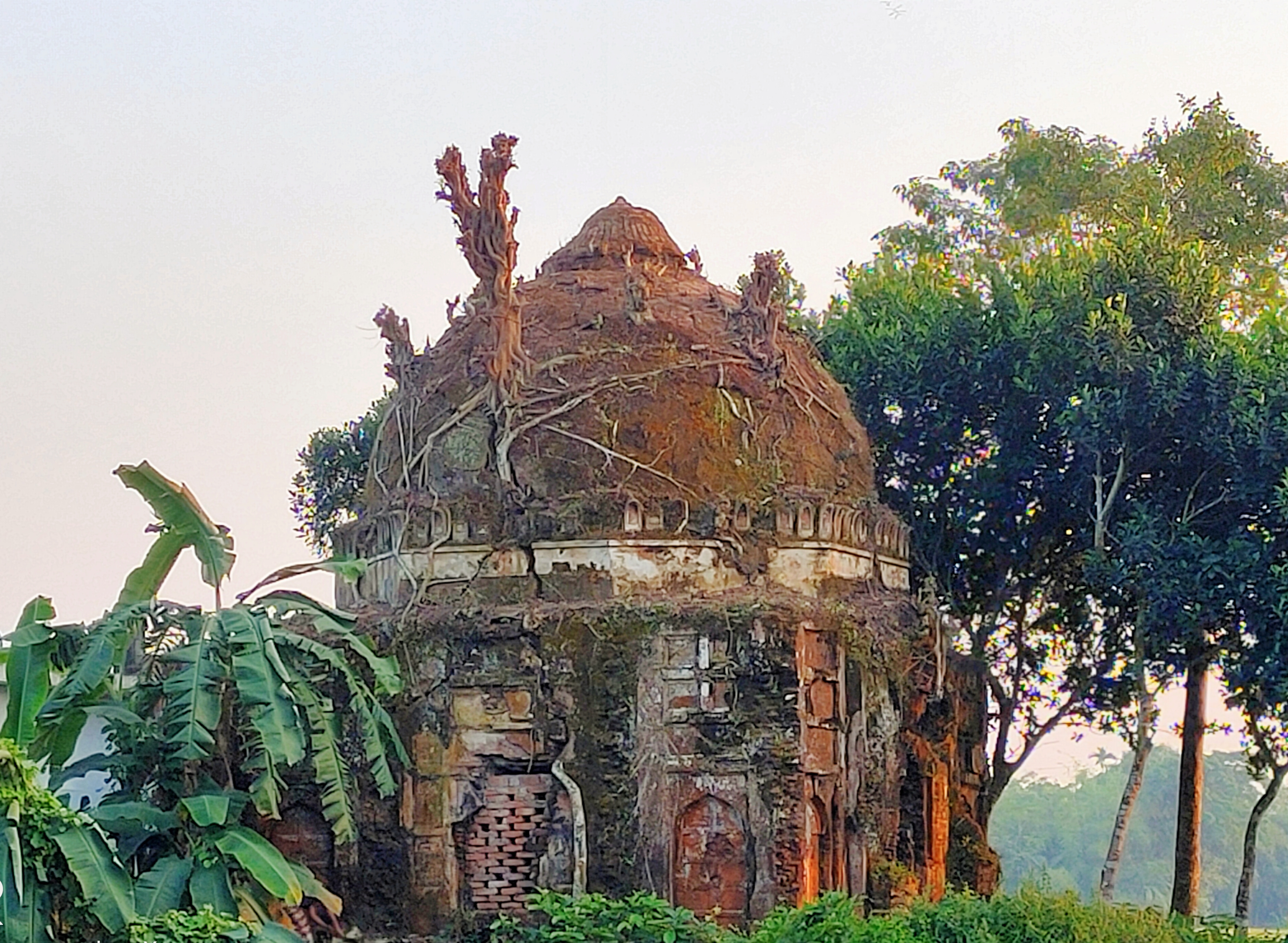|
Katiadi Upazila
Katiadi () is an upazila of Kishoreganj District in Dhaka Division, Bangladesh. Geography Katiadi has an area of . Katiadi Upazila has an area of 219.21 km2. It is bounded by Kishoreganj Sadar and Karimganj Upazilas on the north, Belabo and Monohardi upazilas of Narsingdi district on the south, Nikli and Bajitpur upazilas on the east, and Pakundia Upazila on the west. Purushbadhia, Doba and Reksa Beels are notable. Demographics According to the 2011 Census of Bangladesh, Katiadi Upazila had 69,801 households and a population of 314,529. 88,092 (28.01%) were under 10 years of age. Katiadi had a literacy rate (age 7 and over) of 40.61%, compared to the national average of 51.8%, and a sex ratio of 1083 females per 1000 males. 40,725 (12.95%) lived in urban areas. As of the 1991 Bangladesh census, Katiadi had a population of 264,501, across 49,488 households. Males constituted 50.24% of the population and females 49.76%. The number of adults over the age of 18 is 12 ... [...More Info...] [...Related Items...] OR: [Wikipedia] [Google] [Baidu] |
Upazilas Of Bangladesh
An ''upazila'' ( pronounced: ), formerly called ''thana'', is an administrative division in Bangladesh, functioning as a sub-unit of a districts of Bangladesh, district. It can be seen as an analogous to a county or a borough of Western countries. Rural upazilas are further administratively divided into Union councils of Bangladesh, union council areas (union parishads). Bangladesh has 495 upazilas. The upazilas are the second lowest tier of regional administration in Bangladesh. The administrative structure consists of divisions (8), districts (64), upazilas (495) and union parishads (UPs). This system of devolution was introduced by the former military ruler and president of Bangladesh, Hossain Mohammad Ershad, Lt-Gen Hossain Muhammad Ershad, in an attempt to strengthen local government. Below UPs, villages (''gram'') and ''para'' exist, but these have no administrative power and elected members. The Local Government local ordinance, Ordinance of 1982 was amended a year lat ... [...More Info...] [...Related Items...] OR: [Wikipedia] [Google] [Baidu] |
Monohardi Upazila
Monohardi () is an upazila of Narsingdi District in the Division of Dhaka, Bangladesh. Geography Monohardi is located at . It has 63,385 households and total area 193.87 km2. This upazila is located near the Brahmaputra river. According to Banglapedia Monohardi is bounded by pakundia and katiadi upazilas on the north, shibpur upazila on the south, Belabo and Katiadi upazilas on the east, Kapasia upazila on the west. Demographics According to the 2011 Census of Bangladesh, Monohardi Upazila had 63,385 households and a population of 275,112. 65,173 (23.69%) were under 10 years of age. Monohardi had a literacy rate (age 7 and over) of 49.94%, compared to the national average of 51.8%, and a sex ratio of 1095 females per 1000 males. 21,422 (7.79%) lived in urban areas. As of the 1991 Bangladesh census, Males constitute 50.39% of the population, and females 49.61%. This Upazila's eighteen up population is 122359. Monohardi has an average literacy rate of 27.3% (7+ years), an ... [...More Info...] [...Related Items...] OR: [Wikipedia] [Google] [Baidu] |
Upazila Nirbahi Officer
An Upazila Nirbahi Officer (, abbreviated as UNO) is the chief executive officer of an upazila (subdistrict) and a mid-level officer of the Bangladesh Civil Service (administration cadre), known as Bangladesh Administrative Service. A senior assistant secretary is usually assigned to this post. UNO works as chief executive officer of an upazila parishad for executing all decisions taken by the upazila parishad and ensuring financial disciplines of the funds of upazila parishad and representative of the government of Bangladesh in the upazila level for performing retained activities to the government of Bangladesh, non-transferred and controlling activities. History The role of the UNO was created in accordance with a decision by the military regime of Lieutenant General Hussain Muhammad Ershad. In 1982, the Ershad government constituted a committee for administrative reorganization and reform. One of the committee's major recommendations was to create a representative body cal ... [...More Info...] [...Related Items...] OR: [Wikipedia] [Google] [Baidu] |
Mahalla
is an Arabic word variously translated as district, Quarter (country subdivision), quarter, Ward (country subdivision), ward, or neighborhood in many parts of the Arab world, the Balkans, Western Asia, the Indian subcontinent, and nearby nations. History Historically, mahallas were autonomous social institutions built around familial ties and Islamic rituals. Today it is popularly recognised also by non-Muslims as a neighbourhood in large cities and towns. Mahallas lie at the intersection of private family life and the public sphere. Important community-level management functions are performed through mahalle solidarity, such as religious ceremonies, life-cycle rituals, resource management and conflict resolution. It is an official administrative unit in many Middle Eastern countries. The word was brought to the Balkans through Ottoman Turkish language, Ottoman Turkish ''mahalle'', but it originates in Arabic محلة (''mähallä''), from the root meaning "to settle", "to occupy". ... [...More Info...] [...Related Items...] OR: [Wikipedia] [Google] [Baidu] |
Banagram Union, Katiadi
Banagram Union is a union parishad of Katiadi Upazila under Kishoreganj District of Dhaka Division Dhaka Division () is an Divisions of Bangladesh, administrative division of Bangladesh. Dhaka serves as the capital city of Dhaka Division, the Dhaka District and Bangladesh. The division remains as a population magnet, and covers an area of 20, .... References {{Reflist Katiadi Upazila ... [...More Info...] [...Related Items...] OR: [Wikipedia] [Google] [Baidu] |
Union Parishad
Union council (), also known as union parishad, rural council, rural union and simply union, is the smallest rural administrative and local government unit in Bangladesh, with zila parishads (district councils) being the largest rural authorities and upazila parishads (sub-district council) being the intermediate level. A union council, headed by a chairperson, consists of nine wards. These wards serve the purpose of electing members for general seats, with three additional seats reserved for women, all of which are directly elected. Union councils are formed under the ''Local Government (Union Parishads) Act, 2009''. The boundary of each union council is demarcated by the deputy commissioner of the district. Union councils are responsible for various development tasks, including agriculture, education, health, infrastructure, and sanitation. They also oversee administrative duties like birth registration, census activities, and maintaining civil status registers. Addition ... [...More Info...] [...Related Items...] OR: [Wikipedia] [Google] [Baidu] |
1991 Bangladesh Census
In 1991, the Bangladesh Bureau of Statistics, conducted a national census in Bangladesh. They recorded data from all of the districts and upazilas and main cities in Bangladesh including statistical data on population size, households, sex and age distribution, marital status, economically active population, literacy and educational attainment, religion, number of children etc. According to the census, Hindus were 10.5 per cent of the population, down from 12.1 per cent as of 1981. Bangladesh have a population of 106,314,992 as per the 1991 national census report. As many as 93,886,769 reported that they were Muslims, 11,184,337 reported as Hindus, 616,626 as Buddhists, 350,839 as Christians and 276,418 as others. See also * Demographics of Bangladesh * 2001 Census of Bangladesh * 2011 Census of Bangladesh * 2022 Census of Bangladesh References External links * Bangladesh Bureau of Statistics"Census Reports: Population Census-2001" 2001. The 1991 census figures can be ... [...More Info...] [...Related Items...] OR: [Wikipedia] [Google] [Baidu] |
2011 Bangladesh Census
In 2011, the Bangladesh Bureau of Statistics conducted a national census in Bangladesh, which provided a provisional estimate of the total population of the country as 142,319,000. The previous decennial census was the 2001 census. Data were recorded from all of the districts and upazilas and main cities in Bangladesh, including statistical data on population size, households, sex and age distribution, marital status, economically active population, literacy and educational attainment, religion, number of children etc. Bangladesh and India also conducted their first joint census of areas along their border in 2011. According to the census, Hindus constituted 8.5 per cent of the population as of 2011, down from 9.6 per cent in the 2001 census. Bangladesh has a population of 144,043,697 as per the 2011 census report. The majority of 130,201,097 reported that they were Muslim, 12,301,331 reported as Hindu, 864,262 as Buddhist, 532,961 as Christian and 201,661 as others. See als ... [...More Info...] [...Related Items...] OR: [Wikipedia] [Google] [Baidu] |
Hinduism In Bangladesh
Hinduism is the second largest religion in Bangladesh, as according to the 2022 Census of Bangladesh, approximately 13.1 million people responded as Hindus, constituting 7.95% of the nation. Bangladesh is the third-largest Hindu populated country in the world, after India and Nepal. Hinduism is the Religion in Bangladesh, second-largest religion in 61 of 64 districts in Bangladesh, but there are no Hindu majority districts in Bangladesh. Demographics According to the 2001 Bangladesh census, there were around 11.82 million Hindus in Bangladesh constituting 9.6% of the population, which at the time was 123.15 million. The 2011 Bangladesh census, Bangladesh 2011 census states, that approximately 12.73 million people responded that they were Hindus, constituting 8.54% of the total 149.77 million. While 2022 Census of Bangladesh, put the number of Hindus in Bangladesh at 13.1 million out of total 165.1 million population, thus constituting 7.95% of the population. According to ... [...More Info...] [...Related Items...] OR: [Wikipedia] [Google] [Baidu] |
Islam In Bangladesh
Islam is the largest and the state religion of the People's Republic of Bangladesh. According to the 2022 census, Bangladesh had a population of about 150 million Muslims, or 91.04% of its total population of million. Muslims of Bangladesh are predominant native Bengali Muslims. The majority of Bangladeshis are ''Sunni'', and follow the '' Hanafi'' school of ''Fiqh''. Bangladesh is a ''de facto'' secular country. The Bengal region was a supreme power of the medieval Islamic East. In the late 7th century, Muslims from Arabia established commercial as well as religious connection within the Bengal region before the conquest, mainly through the coastal regions as traders and primarily via the ports of Chittagong. In the early 13th century, Muhammad bin Bakhtiyar Khalji conquered Western and part of Northern Bengal and established the first Muslim kingdom in Bengal. During the 13th century, Sufi missionaries, mystics and saints began to preach Islam in villages. The Islamic ... [...More Info...] [...Related Items...] OR: [Wikipedia] [Google] [Baidu] |
Pakundia Upazila
Pakundia () is an upazila (subdistrict) in Kishoreganj District, Dhaka Division, Bangladesh. Its total land area is . It has a population of 237,218 residents. It was formed in 1922 as a Thanas of Bangladesh, thana. On 14 September 1983, it was turned into an upazila. Geography Pakundia is located at . It has 57,399 households and total area . It is bounded by the Old Brahmaputra River, Old Brahmaputra and Gafargaon Upazila, Gafargaon to its west, Kapasia Upazila, Kapasia to its southwest, Monohardi Upazila of Narsingdi District to its south, Katiadi Upazila to the southeast, Kishoreganj Sadar Upazila, Kishoreganj Sadar to the north, and Hossainpur Upazila to its northwest. The Old Brahmaputra is the main river of Pakundia. Inside the upazila, another river named Singua flows from Bill Moisber through Kaliachapara and joins Ghorautra river with Nikli in the Bhati area of the district. Other important bodies of water in Pakundia include the Narsunda River, Banar, Mangalahat as well ... [...More Info...] [...Related Items...] OR: [Wikipedia] [Google] [Baidu] |

